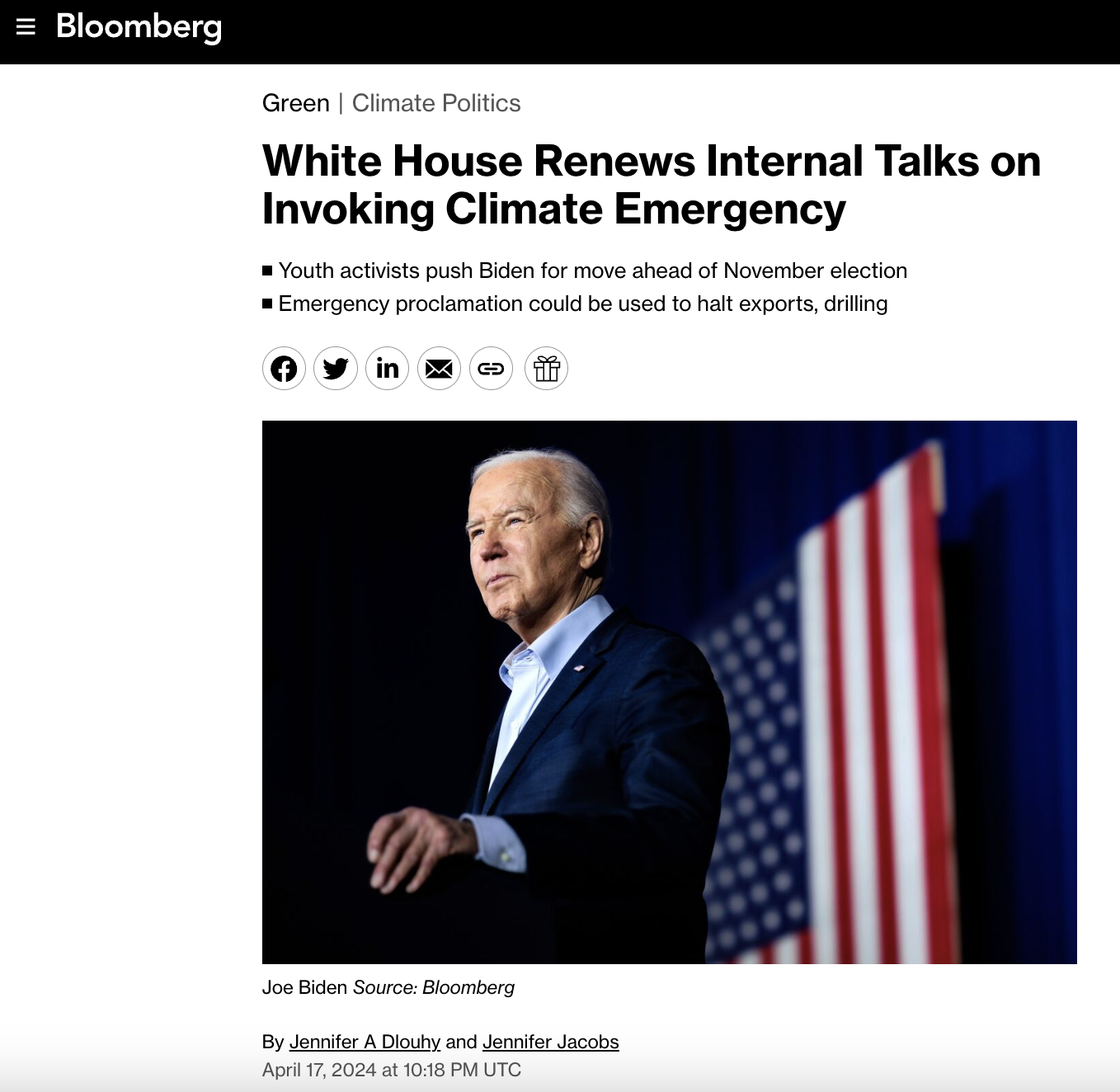PREPRINT: A fatal flaw in global warming science
Edwin X Berry, Ph.D., Physics
Climate Physics LLC, 439 Grand Dr #147, Bigfork, Montana 59911, USA
Copyright © 2018 by Edwin X Berry. This PREPRINT has been submitted to a journal for publication. Therefore the present copyright does not permit republication because journals allow only one PREPRINT for submitted papers.
Abstract
The United Nations Intergovernmental Panel on Climate Change (IPCC) begins with the assumption that nature treats human-produced and nature-produced carbon dioxide differently. This assumption is wrong because it violates the Equivalence Principle. It also violates the proper use of systems models.
IPCC’s basic assumption infects climate models. IPCC’s Bern model, a 7-parameter curve-fit to climate model output, predicts human carbon dioxide stays in the atmosphere for a long time, some of it forever. That conclusion is a result of IPCC’s basic assumption and it is wrong.
Applying the Equivalence Principle, the Bern model predicts natural emissions will cause a runaway carbon dioxide level that contradicts data. Therefore, IPCC climate models are wrong.
The effect of human emissions on atmospheric carbon dioxide is the same as if natural emissions had increased by the same amount and human emissions had remained zero.
A new Model, based only on the continuity equation and the ideal gas law, obeys the Equivalence Principle. With no arbitrary curve-fitting parameters, it accurately simulates the carbon-14 data.
The Model shows continued carbon dioxide emissions, human or natural, do not add more carbon dioxide to the atmosphere. Instead, carbon dioxide emissions set independent equilibrium levels for atmospheric carbon dioxide levels.
Using IPCC data, the Model shows present human emissions increase the level by 18 ppm and present natural emissions the level by 392 ppm to produce today’s total level of 410 ppm.
1. Introduction
The critical scientific questions about climate change are about cause-and-effect:
- How much do human emissions increase atmospheric carbon dioxide?
- How much does increased atmospheric carbon dioxide change climate?
This paper focuses on the first question.
The United Nations Intergovernmental Panel on Climate Change (IPCC, 2007) answers the first question with the following two claims:
- Human emissions have caused ALL the increase in carbon dioxide since 1750.
- Abundant published literature shows, with “considerable certainty,” that nature has been a “net carbon sink” since 1750, so nature could not have caused the observed rise in atmospheric carbon dioxide.
Munshi (2017) showed the “detrended correlation analysis of annual emissions and annual changes in atmospheric carbon dioxide” is zero. Therefore, IPCC’s claim of “considerable certainty” fails.
This paper shows why these two IPCC claims are wrong. Then it presents a new Model that shows how human emissions change atmospheric carbon dioxide.
Many authors have agreed that human emissions have little effect on the level of atmospheric carbon dioxide, even though they used different methods to derive their conclusions.
Revelle and Suess (1957), Starr (1992), Segalstad (1992, 1996, 1998), Rorsch et al. (2005), Courtney (2008), Siddons and D’Aleo (2007), Quirk (2009), Spencer (2009), MacRae (2010, 2015), Essenhigh (2009), Glassman (2010), Wilde (2012), Caryl (2013), Humlum et al. (2013), Salby (2012, 2015, 2016), and Harde (2017) concluded that human emissions cause only a minor change in the level of atmospheric carbon dioxide.
This paper supports Harde’s key conclusions:
“Under present conditions, the natural emissions contribute 373 ppm and anthropogenic emissions 17 ppm to the total concentration of 390 ppm (2012).”
To keep the discussion simple, this paper converts all GtC (Gigatons of Carbon) units into the equivalent carbon dioxide units of ppm (parts per million by volume in dry air), using:
1 ppm = 2.13 GtC
2. IPCC model contradicts science
2.1 IPCC basic assumption violates Equivalence Principle
IPCC’s (2007) basic assumption treats human carbon dioxide differently than it treats natural carbon dioxide in the atmosphere. This basic assumption controls the output of IPCC climate models.


